Horn farm Center plans to rise from ashes
Horn Farm Center
4945 Horn Road Hellam Township
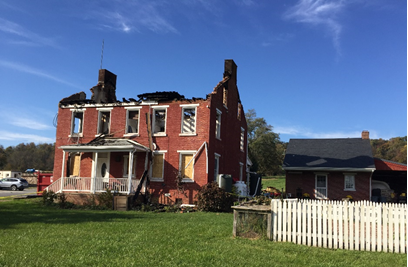
The situation
When the fire took out the top two floors of Hellam Township’s Horn farmhouse in October 2021, it ate up the seed corn. And the lightning-induced blaze consumed all other seeds for future planting.
But the fire did not extinguish hope for a future at the agricultural education center in Hellam Township. And the community will furnish the new seed.
As the center’s website says in discussing the rebuild of the farmhouse: “Let the ashes of this tragedy be fertile soil for our future growth and resilient community.”
Farms and farmers have faced adversity from York County’s beginning. It kind of goes with the fields and the capriciousness of nature.
And of people.
Less than 20 years after D.E. Horn donated the land to York County, the Horn farm almost lost its green acres. The threat to the garden came from the prospect of big, throaty machines, the largest of its species: Harley-Davidson motorcycles.
After flirting with expansion to the county-owned land, Harley built on its Springettsbury Township campus. But concerned citizens of Hellam Township and York County had seen enough.
They formed the non-profit Horn Farm Center to make the 186-acre farm a place of agricultural education in 2004
About a year later, a fire damaged the barn at the farm.
And 16 years after that, lightning struck.
Then, just months later, plans came forth that a major truck stop was eyeing neighboring property.
In all of this, a rebuild of the house is planned, and the seed corn will be replenished.
For more about the Horn Farm Center’s future, please see: Horn Farm rebuilding will honor farmhouse’s history, serve center’s mission
The witness
What is the storied history of this eastern York County farm?
Joe Brillhart, a descendant of an early family that farmed the soil, tells the Horn Farm’s story.
His story follows:
When a bolt of lightning tore through the superstructure of the Horn Farm house the night of October 25th, it seriously damaged the nearly 200-year-old home of a Ruby family exponent that had its historic roots in the River Hills of Lower Windsor.
Shortly after Swiss immigrant Casper Ruby arrived in York County in 1748, he was tilling the soil along what is now named Water Street, just to the northeast of the village then called Prospect. His prominent son, Johannes “the Elder,” married Salome Dosch, had fifteen children, and in 1813 completed the construction of the stone manse there called “Pork Hall.”
When Johannes died in 1826, he left a prodigious estate of 770 acres – essentially the first land incarnation of Lauxmont Farms, the Forry Loucks-owned land combination including Highpoint that was to follow a hundred years later.

Several of the Elder’s children inherited parts of his farmland. John Jr. got the 143-acre farm just to the south and west of Pork Hall, which included a log home on the site in which Lew Brown lives today.
But by 1832, John, a capable, ambitious and prosperous farming disciple of his father – who in 1815 married Elizabeth Becker, the daughter of Prospect’s blacksmithing community pillar Mathias Becker – had for over a decade been living on and farming a 235-acre Holder/Becker dowery farm. That vertical rectangle of land included Sam Lewis Park on the north.

By 1832, probably in recognition that the absolute best farmlands were not in the River Hills of Lower Windsor but in the fertile Hellam Valley to the north, John Ruby Jr. sold both of his farms and bought a 149-acre farm originally patented to the Sultzbachs. That farm was just east of the Sultzbach family’s tannery on Kreutz Creek, then just adjacent to today’s Tourist Inn.
With a raft of six kids, John and Elizabeth were soon ensconced in the farm’s log house (sited at or under the berm of the new Route 30), which we now know was located about 200 feet south of the recently damaged brick home. His firstborn, Samuel, age 16, was by then a full farming partner, and already also an apprentice surveyor under the purview of his uncle John Becker, the County Surveyor and noted “conveyancer,” calligrapher, and artist.
In an undated, but suspected 1830s color survey of his “Plantation,” Samuel depicts the farm on the Anderson Ferry Road (now Horn Road), replete with the old log dwelling.
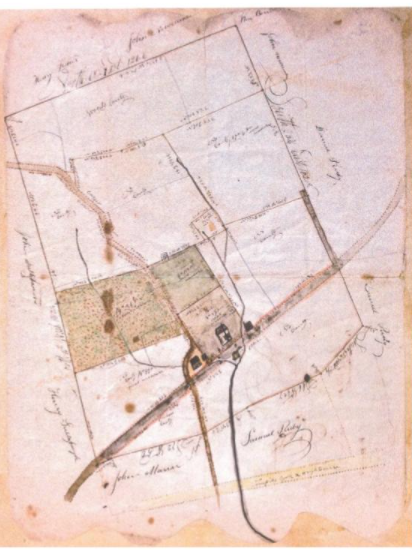
In addition to his farming skills, John was a businessman and smart enough to operate a pair of stills which allowed for the vertical integration of his grains into whiskey and other distilled products of long storage life that were also compact and easily transportable. A student of law, he attained esquire status, was elected justice of the peace, and presided over the township Board of School Trustees.
When he died in 1842 his estate inventory went to 22 pages. He and Elizabeth are buried in the old Kreutz Creek Cemetery of the nearby Reformed (now Presbyterian) church.
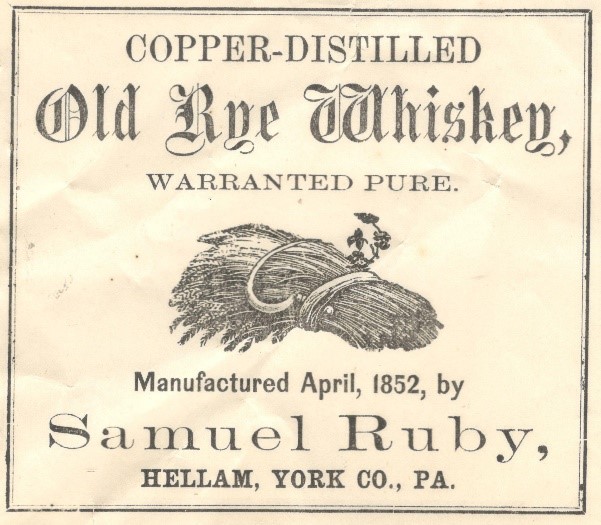
But it was Samuel who was to prove to be the family’s most outstanding farmer, orchardist, distiller, horse and mule trader, iron ore pit miner, surveyor, investor, money lender and businessman. Census and tax records throughout the last half of the 19th century show him with property and incomes among the upper tier of county farmers.
Among other things, in 1859 he was elected to the board of the York County National Bank (now Wells Fargo), and in 1866 was an indicting grand juror of the grisly and high-profile Squibb family murders.
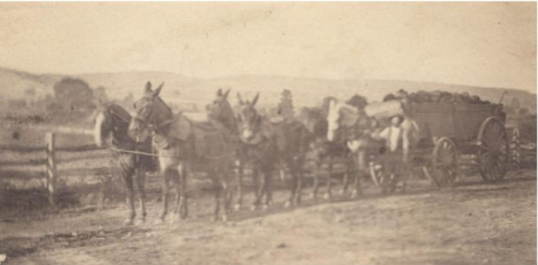
We now believe that the currently damaged brick farmhouse was built by Samuel not later than the early 1840s, for it was in 1840 that he married 20-year-old Susanna Strickler. To that union Milton was born in 1842, and Elizabeth “Lizzie” in 1845.
By 1860 Milton had already proved his bona fides as the hard working and capable manager of his father’s farm. Daily records of farm work and family were recorded in his diaries from 1864 through 1872.
A transcription of these was put together in 2014 titled “The Horn Farm Diaries, an Agricultural Soap Opera,” a copy of which (along with others noted herein) is on the shelf at the History Center.
Milton proved to be such a hardworking and indispensable farm manager that, as was a not uncommon practice, father Samuel coughed up the three hundred buck substitute fee to keep his son free of the war draft and down on the farm.
But many of Milton’s buddies did go off to the several theaters of war, and a number of them wrote to him of their experiences, often reminiscing nostalgically about their prewar work and social experiences on the farm. In 2011, thirty-three of those war era letters were also transcribed in “Letters to Milton.”
In 1868 Milton married Gilbert Corner’s Annie Gilbert, and she moved into the brick farmhouse with him. It was in that same year that Samuel and Susanna built their retirement home several hundred yards to the south on a rise along the turnpike in Hellam, lately known as Bonnie Heim’s Front Porch Tearoom.
For the next two postwar decades, Samuel was a key developer of Hellam borough, buying and selling much of the land on the town’s north side.
It’s possible that Milton and Samuel had a falling out, or maybe Milton just needed a new frontier, for by 1872 he and his family had purchased and moved to a mill farm property in Woodsboro, MD, where they were to remain till after Samuel’s passing in 1892. In the interim, Samuel installed numerous tenant farmers in the brick house, and the farm continued to prosper under his experienced direction.
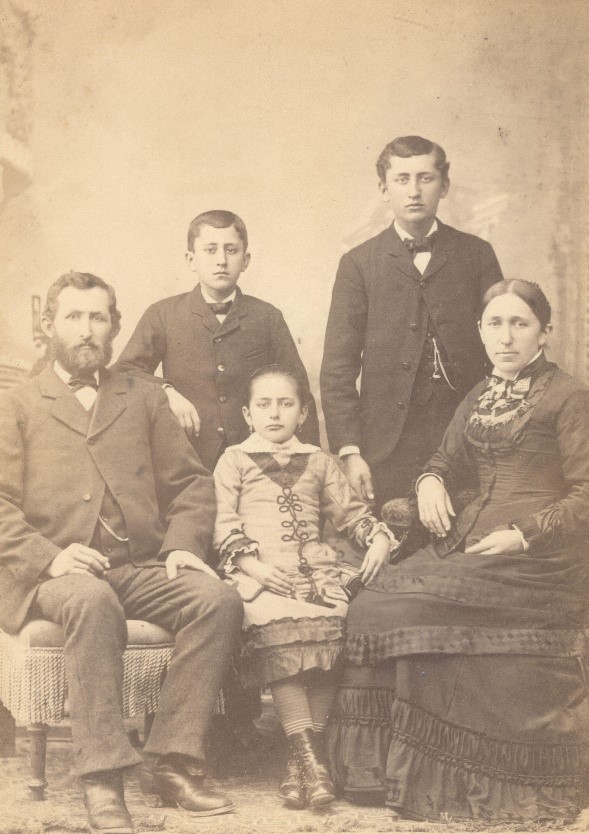
In 1865 Milton’s sister Lizzie married her second cousin, another prospering neighborhood farmer, Alfred Dietz “Ab” Strickler, moved into his large family home “Rosevale” on Beidler Road. They were to have three children: Calvin, Edward, and Susan.
With Samuel’s death in 1892, the farm went to Lizzie and her Strickler line, who continued to oversee it. Ab Strickler was killed one Sunday evening in 1902 when hit by an unscheduled eastbound train while walking east on the rail track from Rosevale to Wrightsville. Ab Strickler had been deaf for years.
Lizzie passed in 1928, and the farm ownership and oversight fell to son Edward. He stayed local and was soon to construct a pretentious extra-large brick home just a few doors west of his grandparent’s Hellam “Tearoom,” earning him the family sobriquet “Mansion Eddie.” Edward Dietz Strickler married Anna Mary Kate Loucks, but he died childless in 1941.
In 1943, David Horn, another prosperous businessman who owned D. E. Horn and Company, a livestock feed maker and vendor, purchased the 158-acre tract. David died in 1964, and in 1981 his widow Hattie along with daughters Mildred and Marie deeded the farm to York County in his memory.

So ends the short gospel of the “Horn Farm,” where some feel evidence indicates it equitably should forever be known only as the “Ruby Farm.” And now you know the rest of the story. Full disclosure: Milton Ruby was my great grandfather.
The questions
Extensive family research surrounding the Ruby and Strickler families has been going on for years. So the story of the Horn Farm is wider and deeper than that of most other properties in York County. Do you have an interest in the story of your house, building or property? Some would say that the place to start is with your own story told by journaling or via a diary. Is that something you do – or would do?
Related links and sources: James McClure’s York County’s Horn Farm: ‘A very special living history memorial to those hardy ancestors‘ (that incorporates June Evans’ Horn Farm history). Also, June Burk Lloyd’s Horn Farm Center – Good Example of History and Future of York County Agriculture; Joe Brillhart’s story was originally published in the Lower Windsor Area Historical Society’s newsletter, December 2021. Photos courtesy of Joe Brillhart.
— By JAMIE NOERPEL and JIM McCLURE

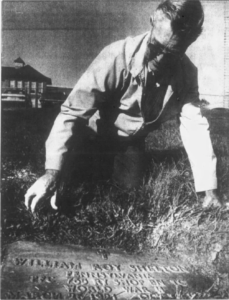
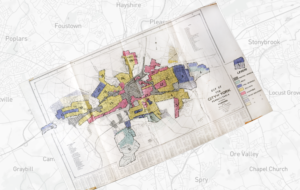
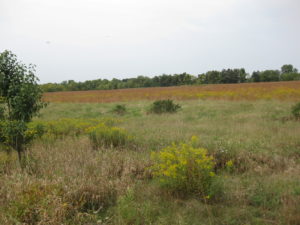
Pingback: Hometown History, Season 2 - Exploring people & issues - Witnessing York
Pingback: Hometown History EXTRA with Scott Mingus, Civil War expert - Pennsylvania Digital News
Pingback: Horn Farm Center's lessons: Foraging for food and rope making from plants. - Wandering in York County
Pingback: Tough work for mother: Raising 12 kids on a York County farm
Pingback: Prime time ahead to take in York County history - Witnessing York